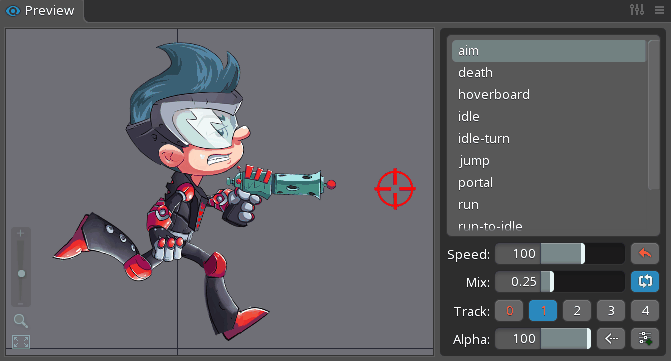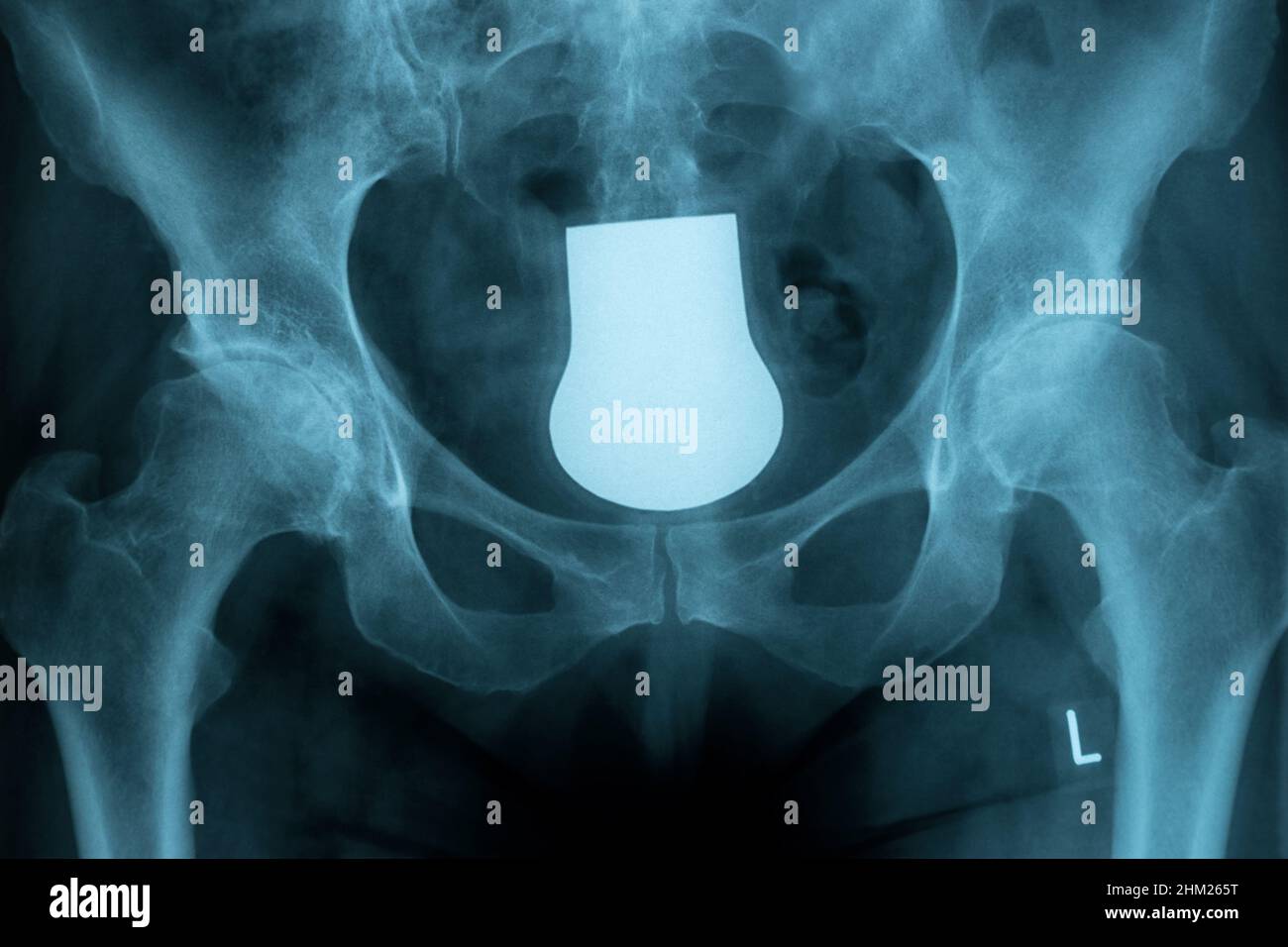

The front-foot-board-transform constraint constrains the front-foot-target bone, which is responsible for transforming the front foot of Spineboy via an IK constraint. For brevity, we'll only discuss the front foot transform constraint, as the rear foot constraint works in the same way. To ensure Spineboy doesn't fall off his hoverboard, we use two transform constraints: front-foot-board-transform and rear-foot-board-transform. Spineboy comes equipped with a hoverboard, as can be seen in the hoverboard animation. We also disabled Inherit Rotation on front-foot-tip to ensure the foot doesn't go through the ground when rotating its parent bone. This bone is not affected by any IK constraints. When the front-foot-ik bone is rotated, the front-leg-ik is transformed as well.Īt the tip of the foot, we have the front-foot-tip bone. To make the foot bend when the ball of the foot is rotated, the front-leg-target bone is parented to the front-foot-ik bone.

The front-leg-ik constraint targets the front-leg-target bone, while the front-foot-ik constraint targets the front-foot-target bone. The order in which constraints are applied is defined by their position in the Constraint node of the tree view.Įach IK constraint ensures that the constrained bones point at their respective target bones. We first apply the front-leg-ik constraint and then the front-foot-ik constraint. Note that the order in which those two IK constraints are applied to the bones is important. The two-bone IK constraint front-leg-ik controls the leg's front-thigh and front-shin bones, while the single-bone IK constraint front-foot-ik drives the front-foot bone. For brevity, we will only discuss the front leg in detail. Spineboy's front and back legs are setup in the same way. IK is also a great way to efficiently simulate the bending behavior of legs and ankles. Spineboy's legs are driven by IK constraints, which is commonly used to keep a biped's feet firmly planted to the ground while the upper body moves. Moving the hip bone does not move the IK targets.

To the right, the hip bone is a separate bone and attached to the root bone. Moving that root bone also moves the IK targets. To the left, the skeleton root bone is used as the hip. The below GIF illustrates this using a simplified setup. Were we to use the root bone as Spineboy's hip, we could not move the hip without moving the IK target bones. This is done so Spineboy can be moved independently from the IK target bones. Spineboy's legs use IK constraints which target bones on the same hierarchy level as the hip bone. The hip bone is the root of Spineboy's body bone hierarchy. Below, we focus on the setup of the skeleton. Spineboy is a complex example project demonstrating the use of many Spine features, including meshes, IK, transform constraints, and clipping.


 0 kommentar(er)
0 kommentar(er)
